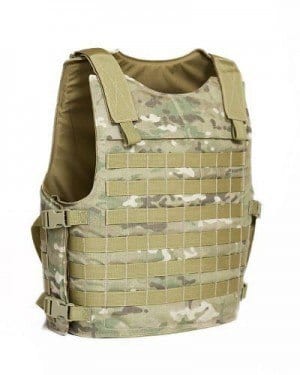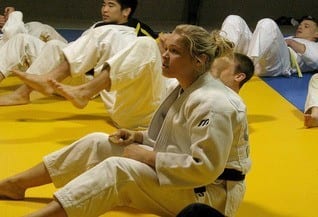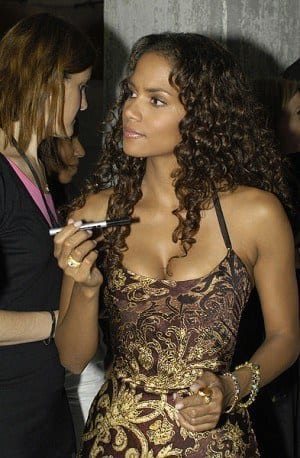
The U.S. military is developing body armor specifically for women to confront the problems of discomfort and weight
Xena body armor: The U.S. military will look to imitate the body armor of Xena: Warrior Princess as it looks to develop greater protection for female soldiers on the battlefield.
Currently, female soldiers must choose between 11 different male body armor sizes.
The impetus for a gender-specific change in the designs of body armor came in 2009, when female soldiers from the 101st Airborne Division voiced their concerns about the gear they used on a daily basis.
“It rubbed on the hips, and the vests were too long in the front, so that when you had female soldiers climbing stairs or climbing up a hill or a tree, or sitting for a long time in a vehicle, that would create pressure points that in some instances could impact blood flow and cause some discomfort,” said Lt. Col. Frank Lozano, who helps to develop body armor for females.
According to a U.S. Army study, ill-fitting body armor is “more than a matter of comfort. It affects combat effectiveness.” The study continues to state that improperly fitting body armor on female soldiers “made it difficult for [them] to properly aim their weapons and enter or exit vehicles.”
“It became clear to us that there was a difference in torso length,” said Lozano, who serves as the product manager for the Army’s soldier protective-equipment program. “The other point that we realized is that there is a significant difference in shoulder width. I read this data, and it seemed so obvious.”
Douglas Graham, a spokesman for the Army’s Office of Soldier Protection and Individual Equipment, has said the most important goal in developing body armor for women is to “spread out the energy” when a bullet strikes the armor.
“Some people would like to eventually make plates so it’s like ‘Xena: Warrior Princess’ and conforms to the shape” of women soldiers, added Graham.
The Army’s developmental efforts face a series of unique challenges. To provide maximum coverage for female soldiers, the plates must curve to fit the shape of the body; however, the more curves a plate has, the heavier it will be.
“There are some complex curvatures that come into play with female hard-armor plates,” said Graham. “I could make female hard armor, but it would be twice as heavy.”
The army is currently testing eight additional sizes of body armor made specifically for women that include changes such as “bra-shaped darting” in the chest. Women within the 101st Airborne Division that have been testing the hard armor have given it positive early feedback. “They say, ‘I could wear this all day,’ ‘I could run a marathon in this,’ and ‘It feels much lighter,’ even though it really isn’t any lighter,” Lozano added.















